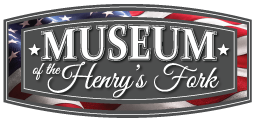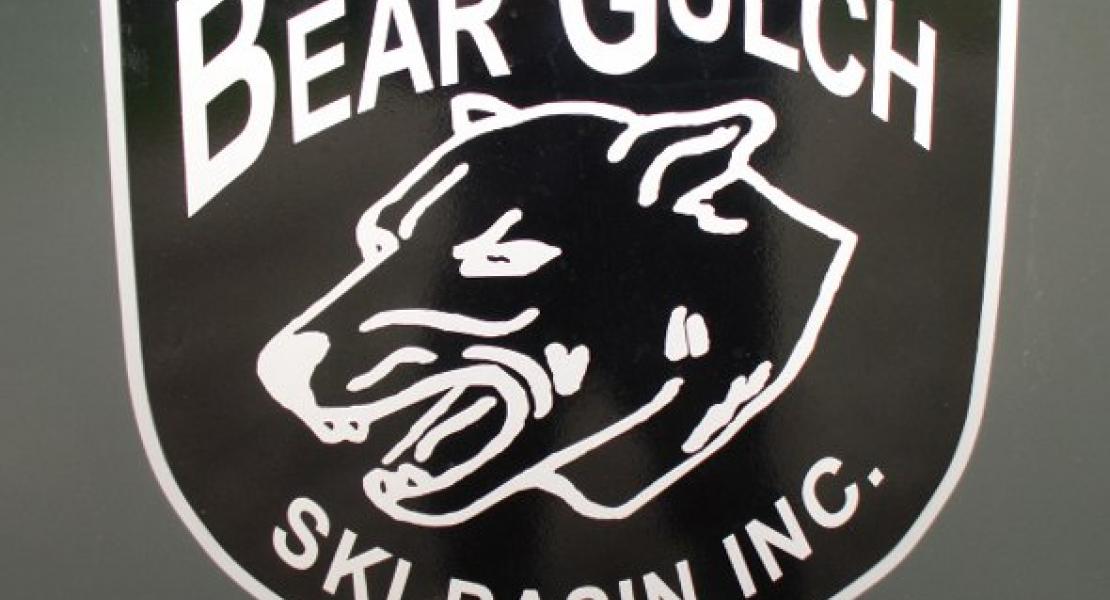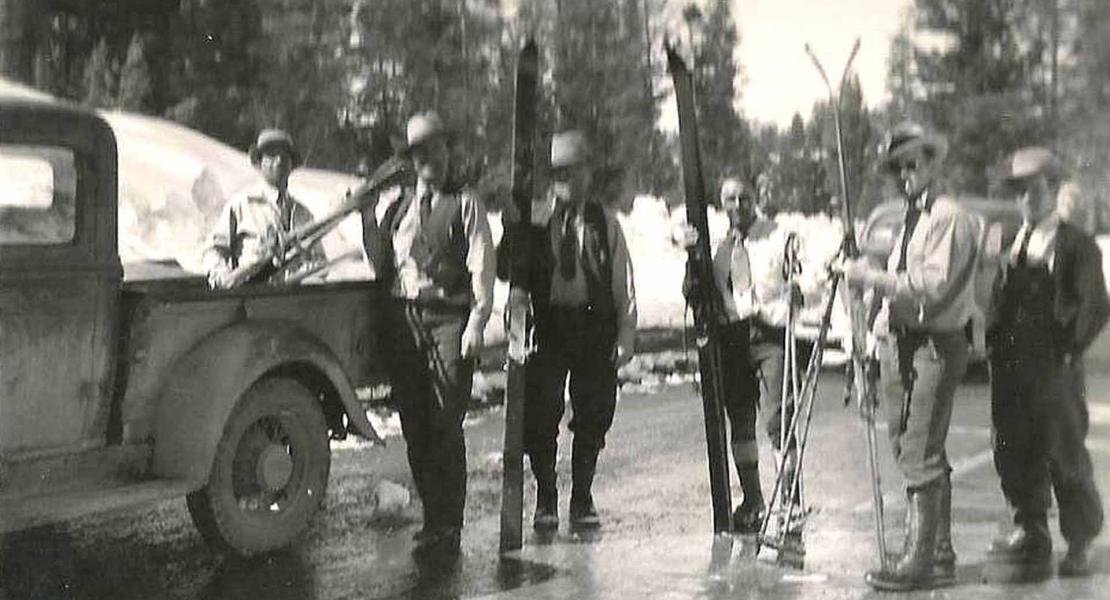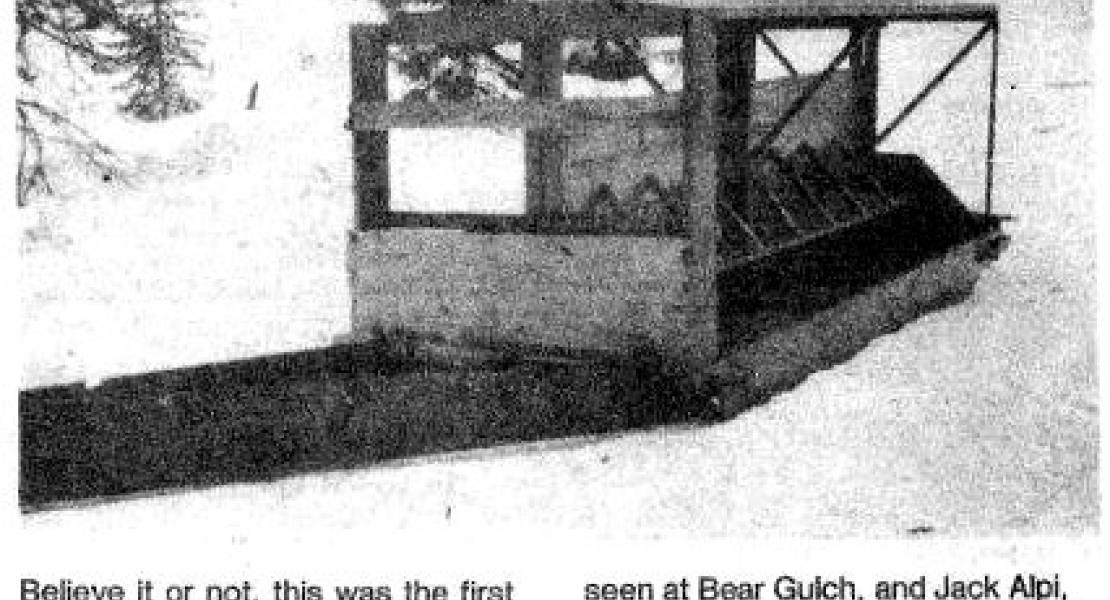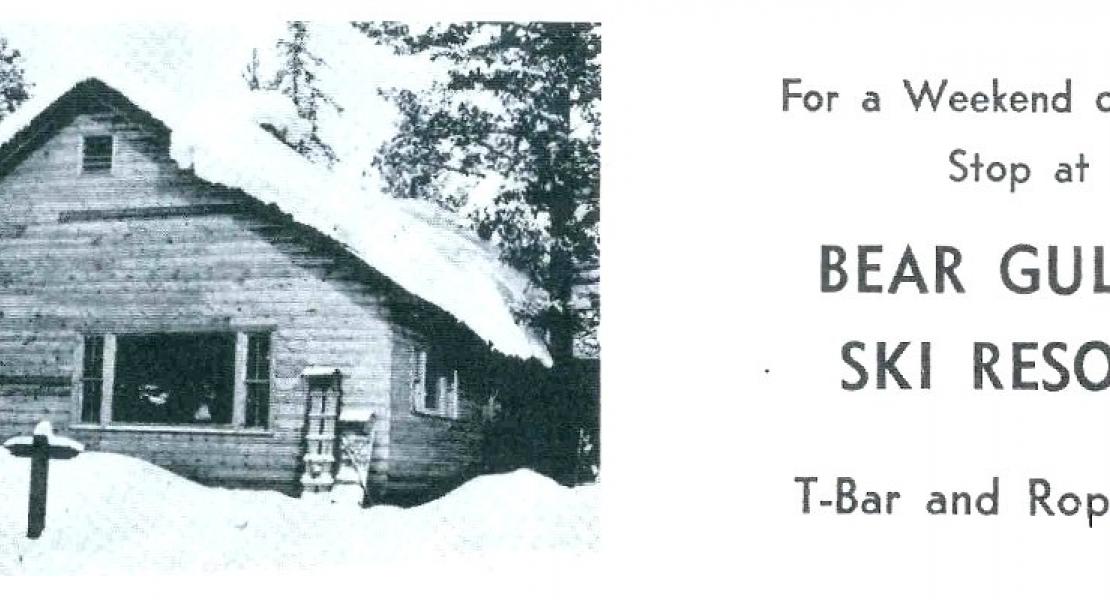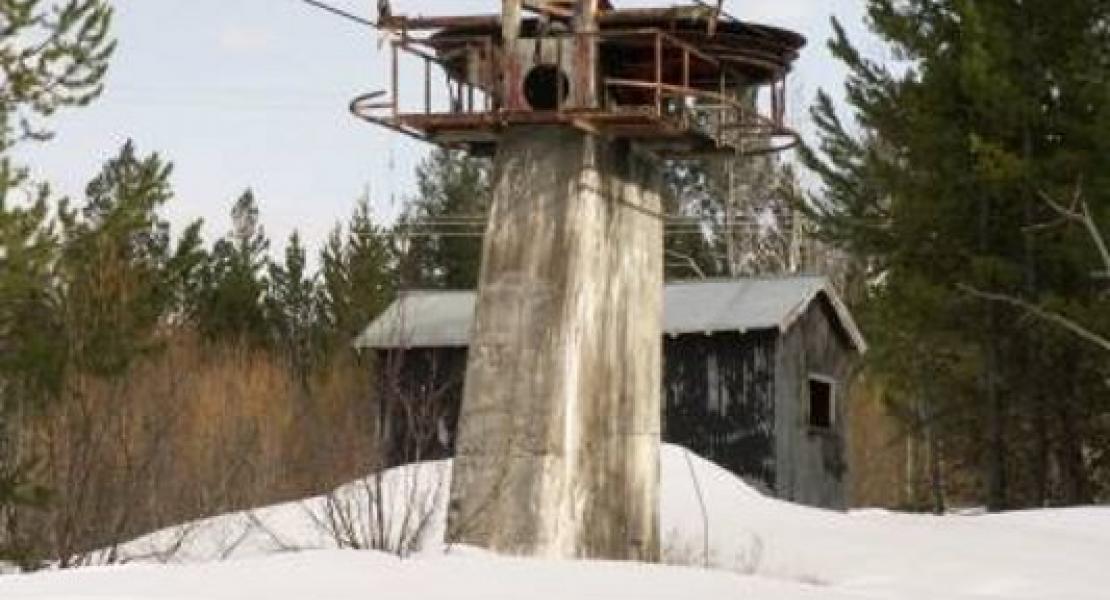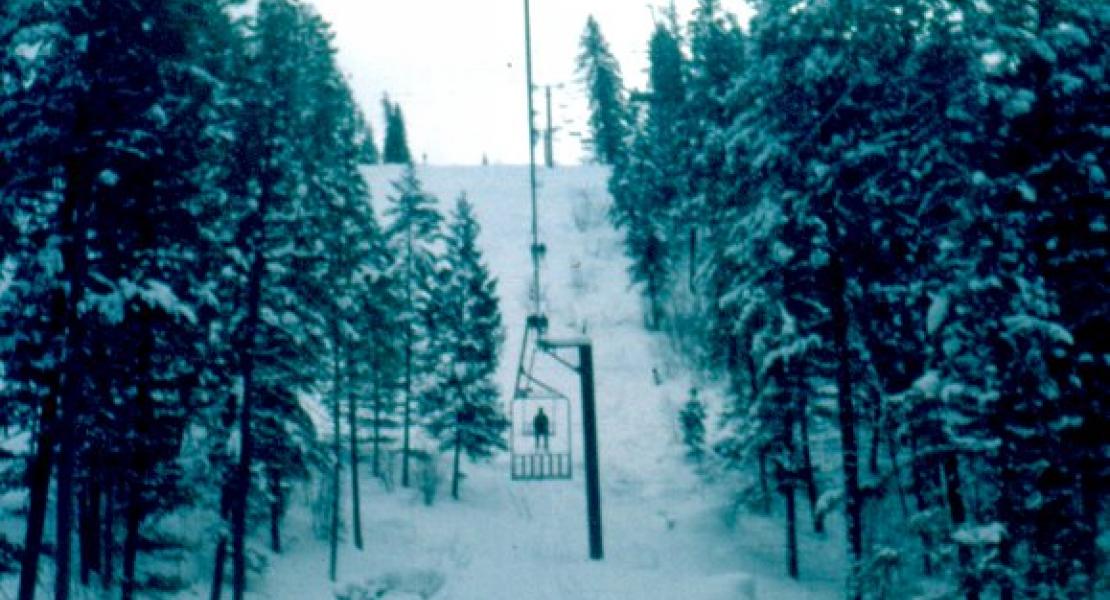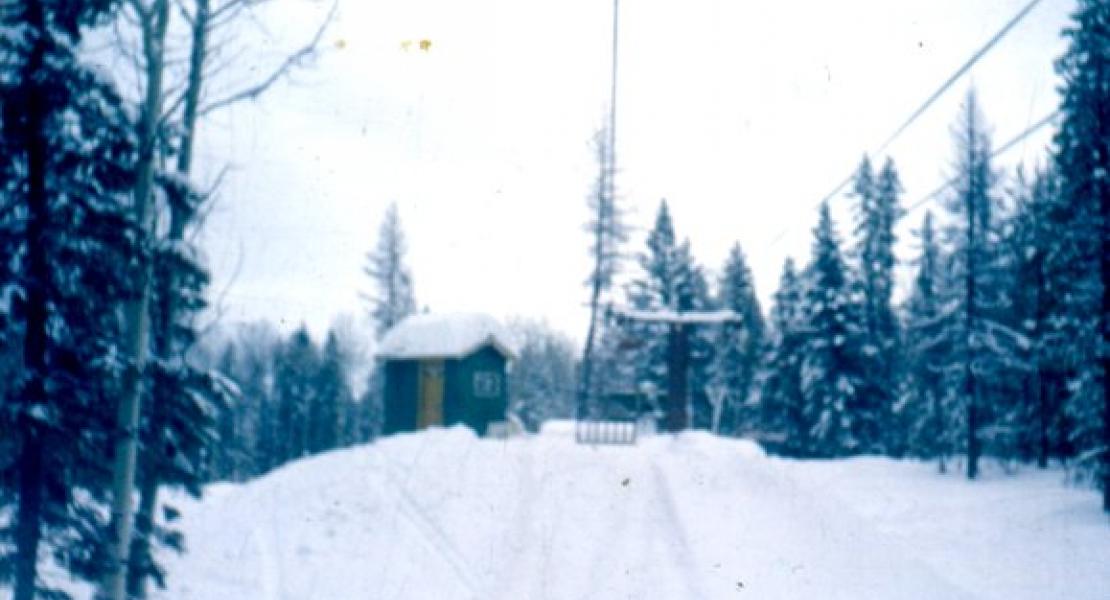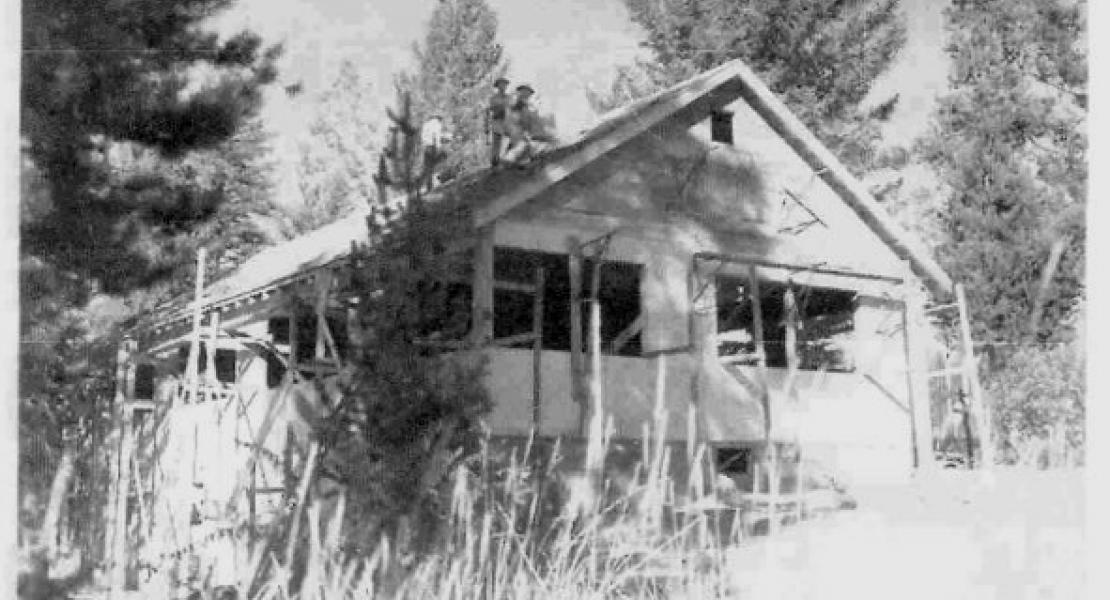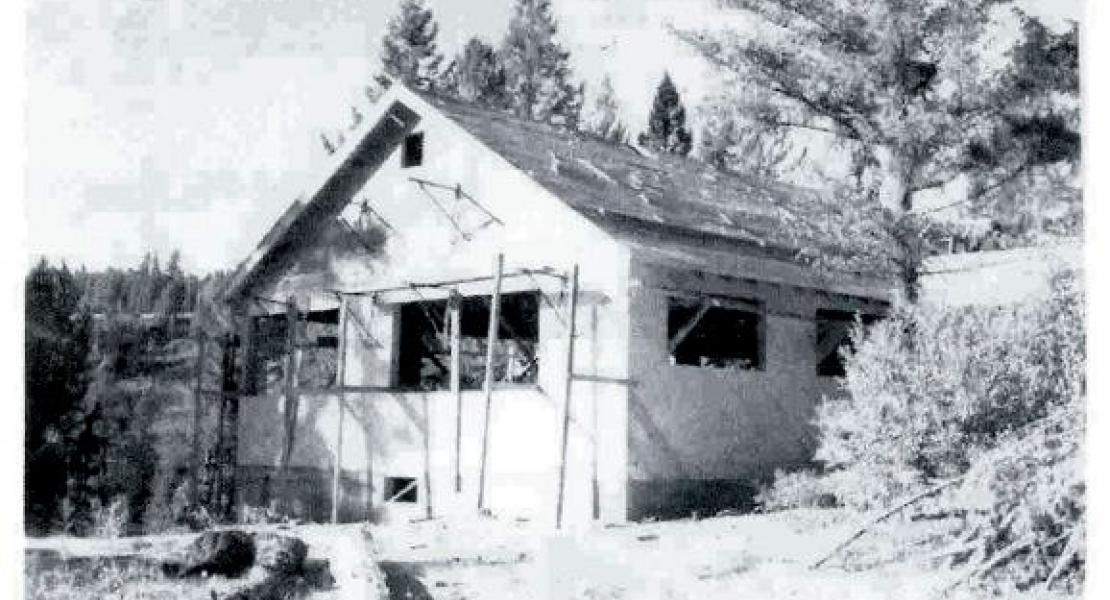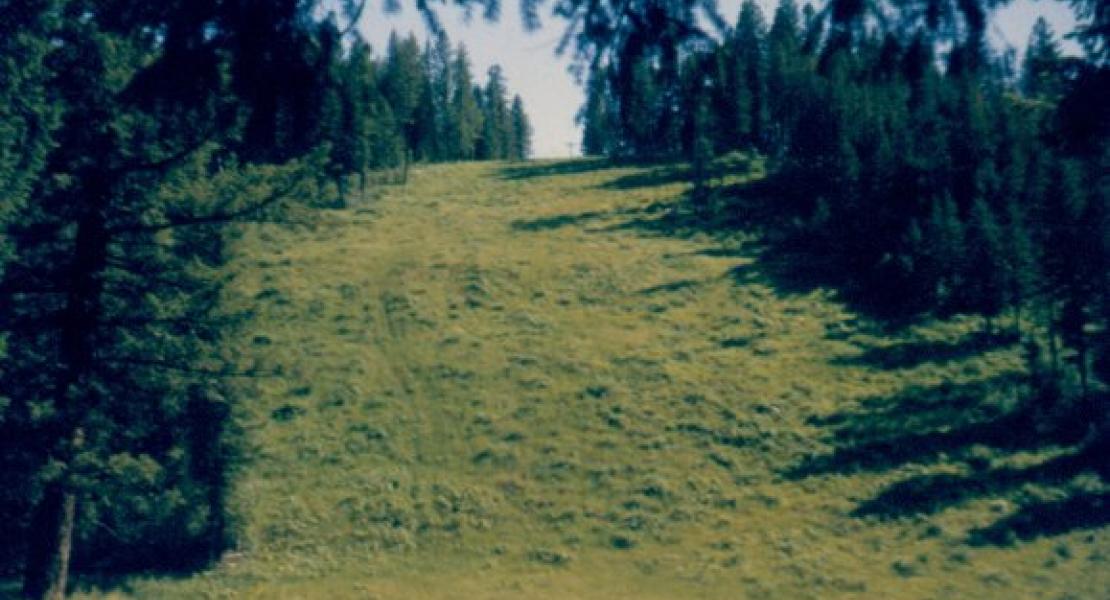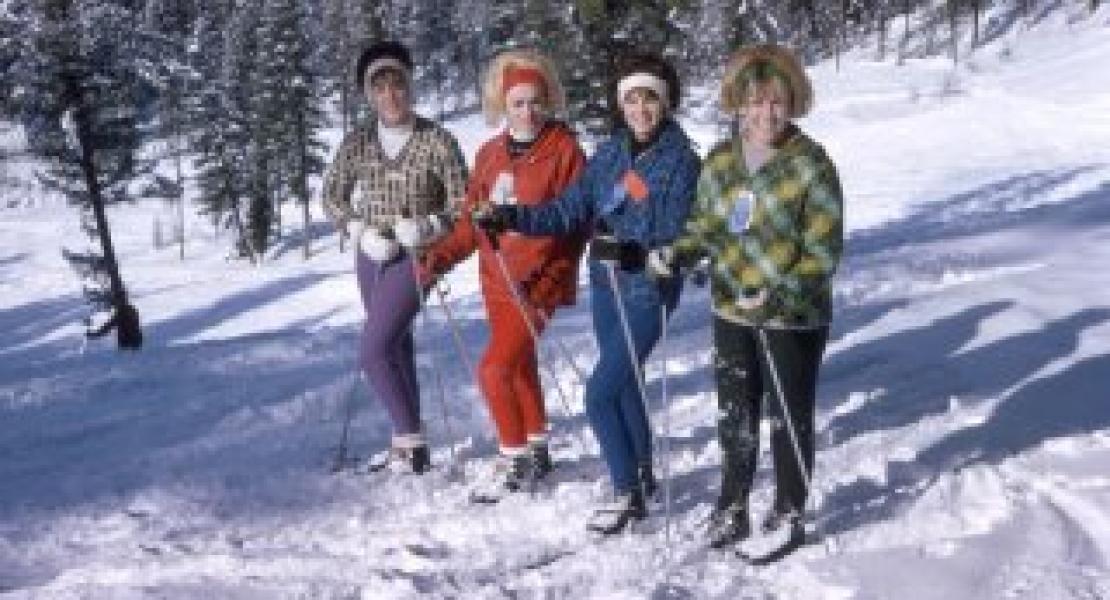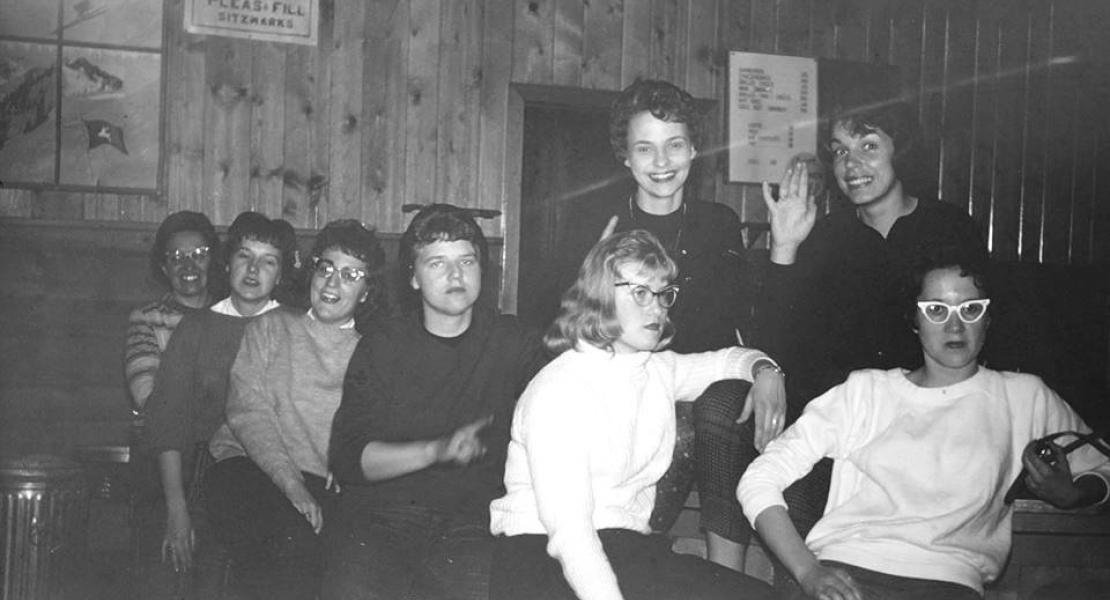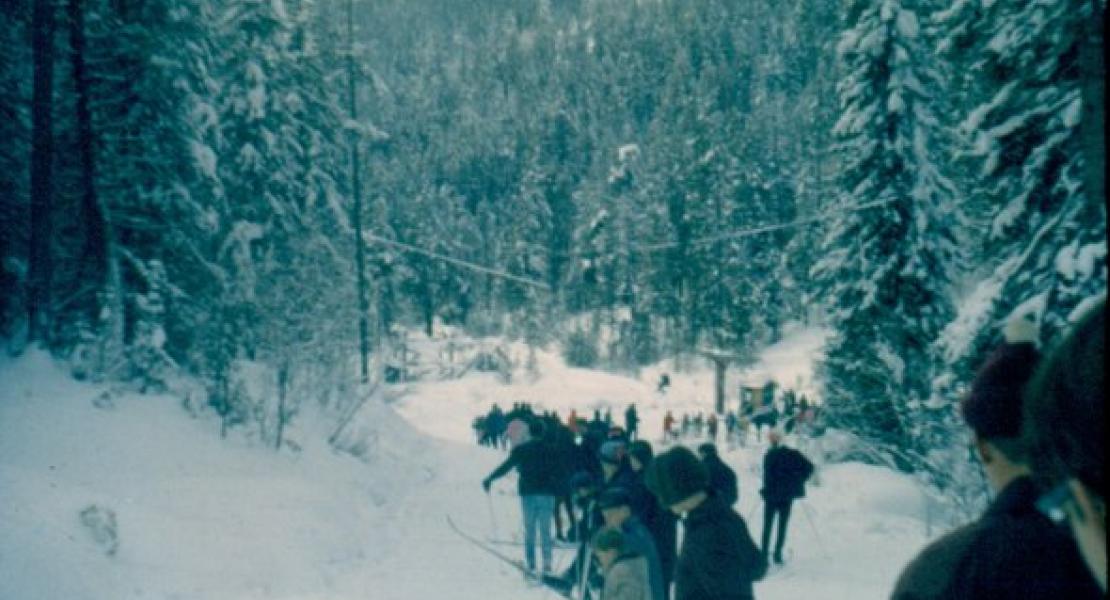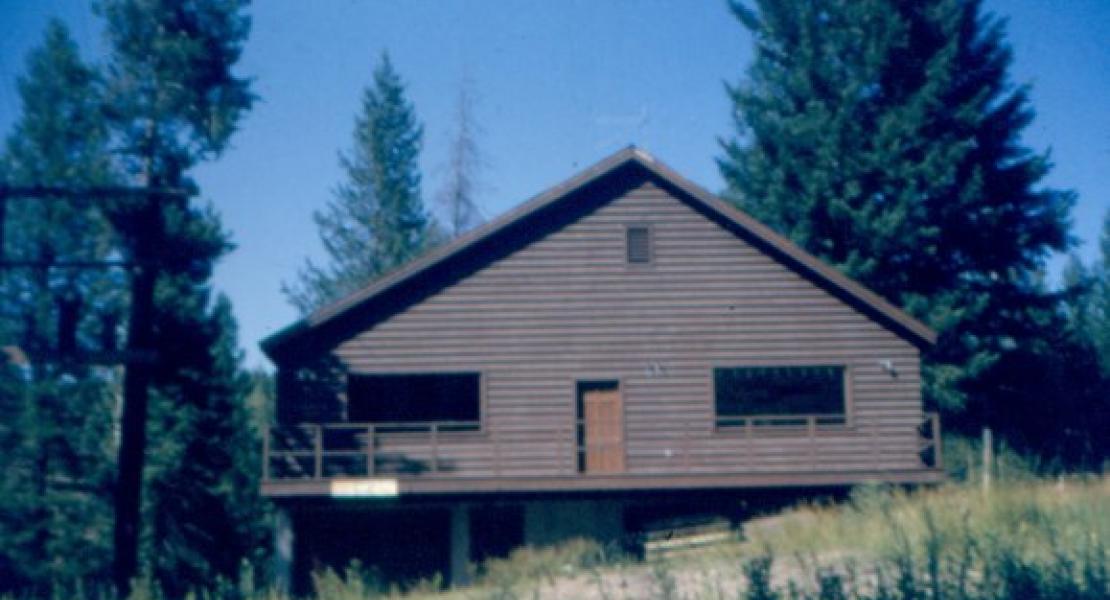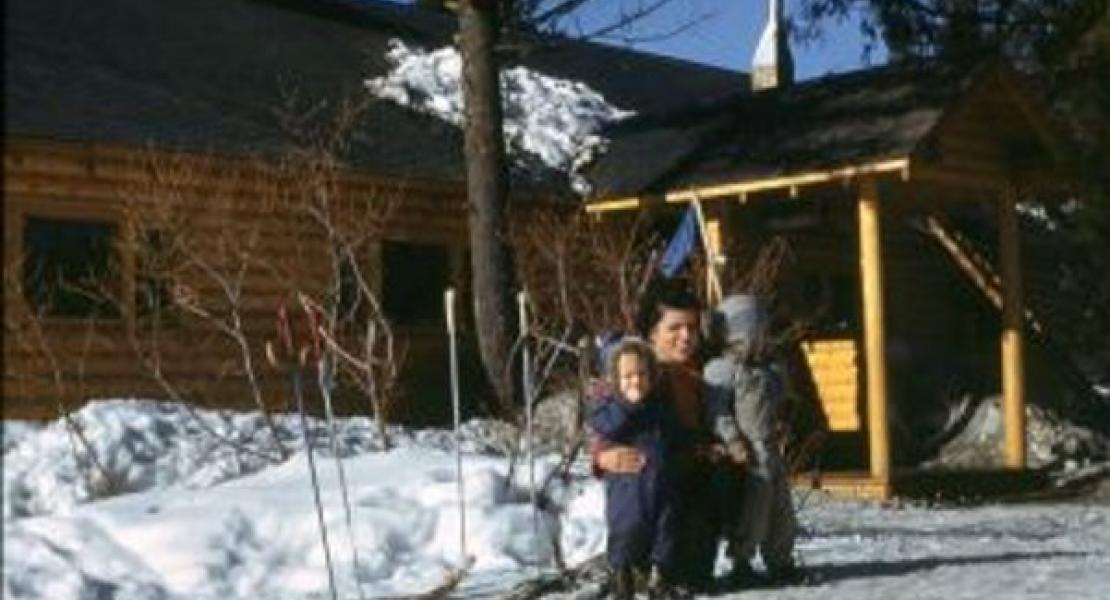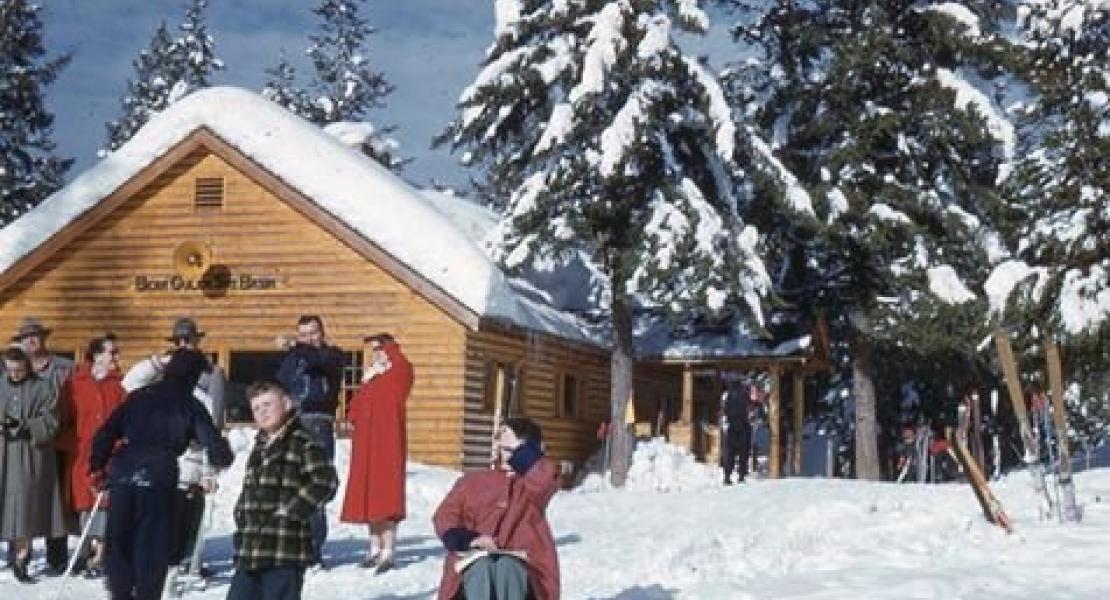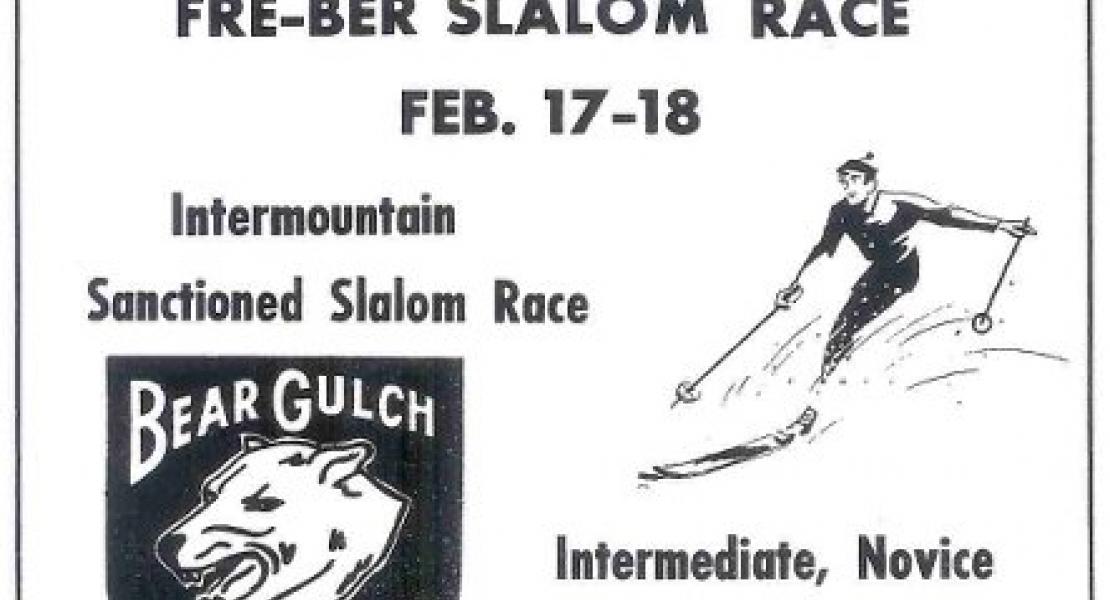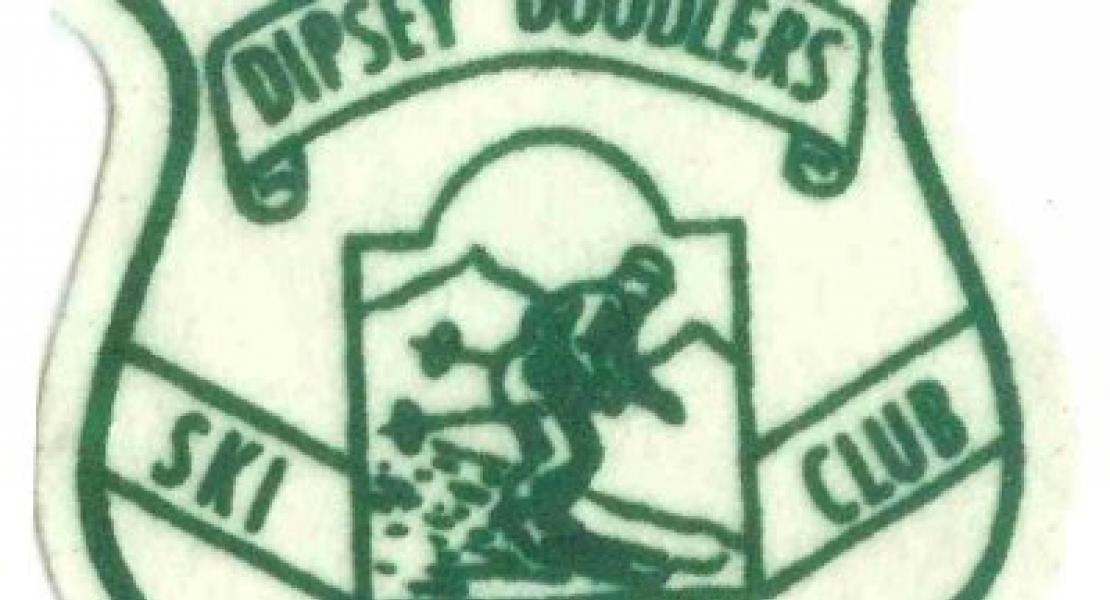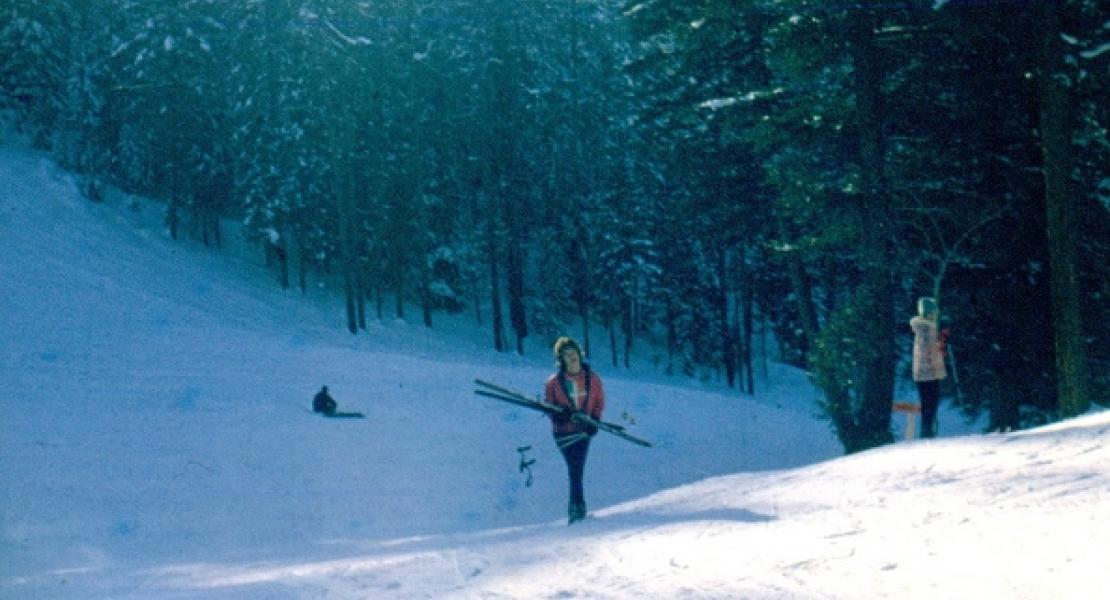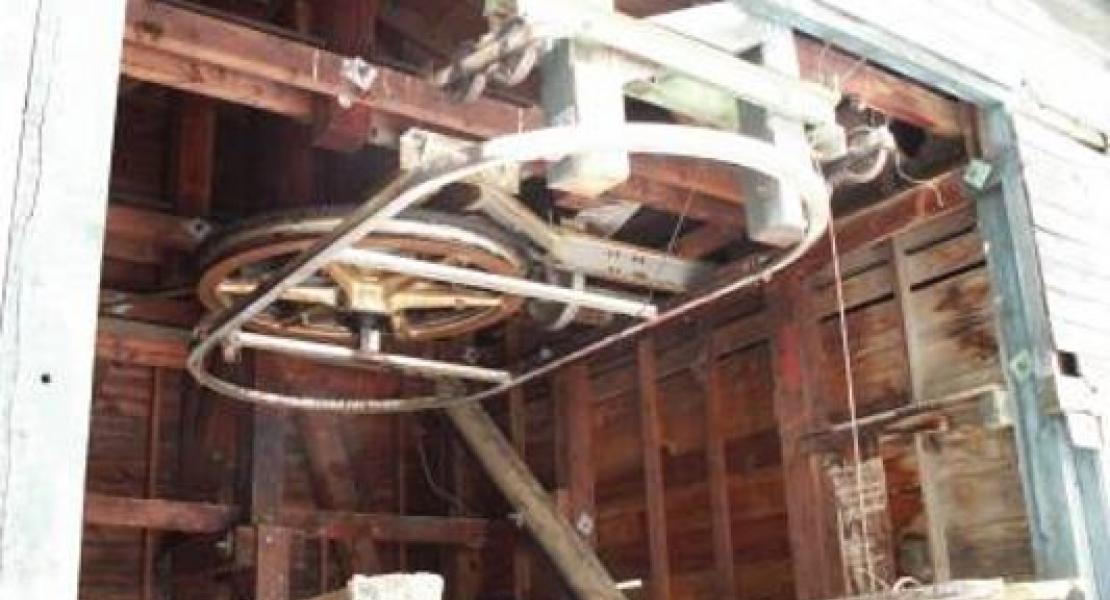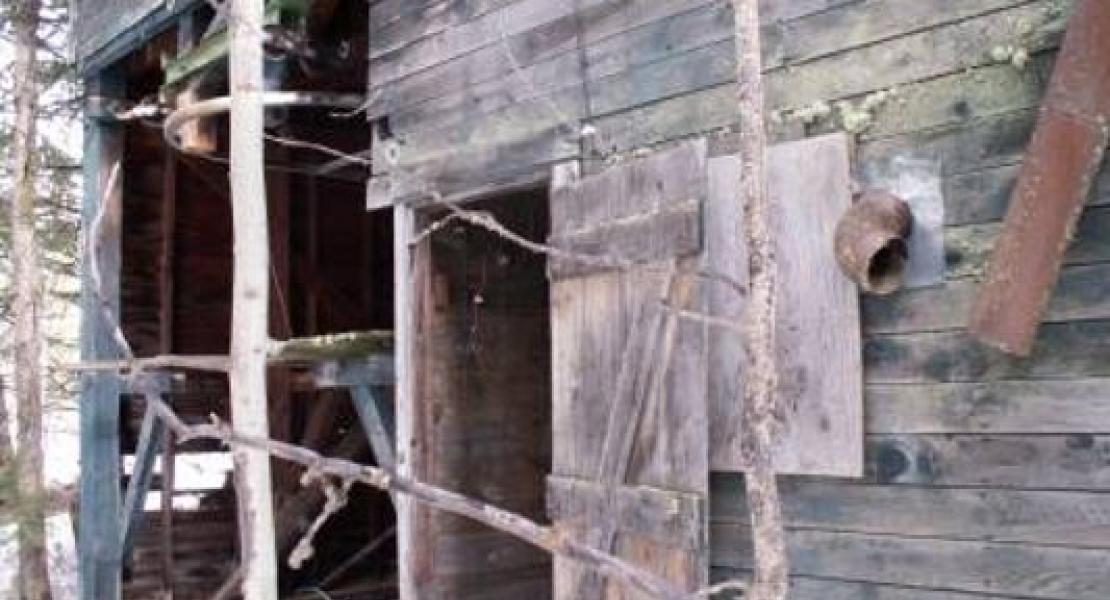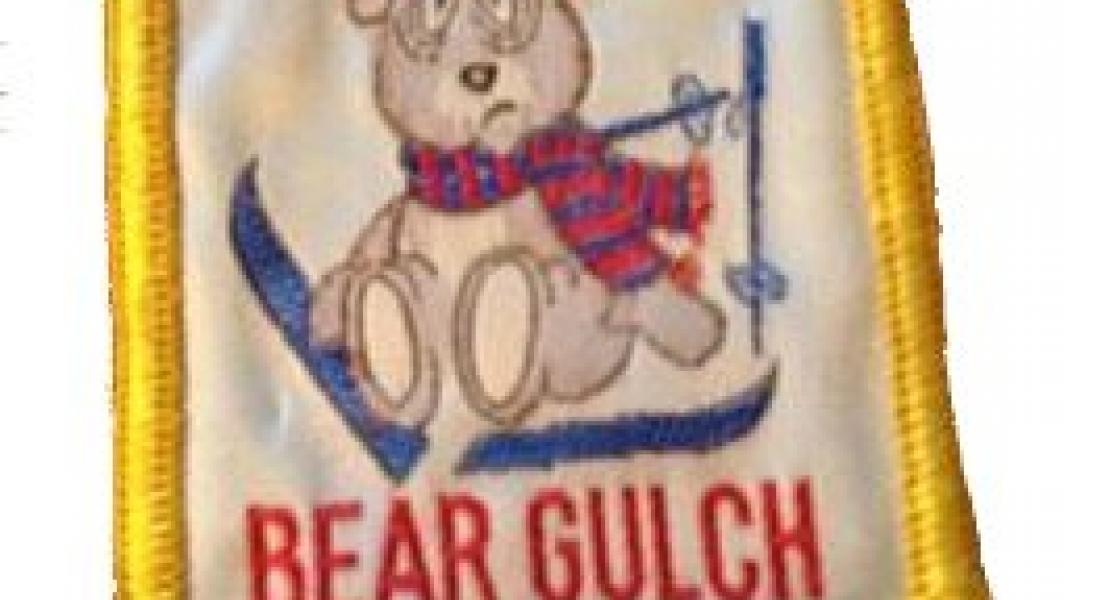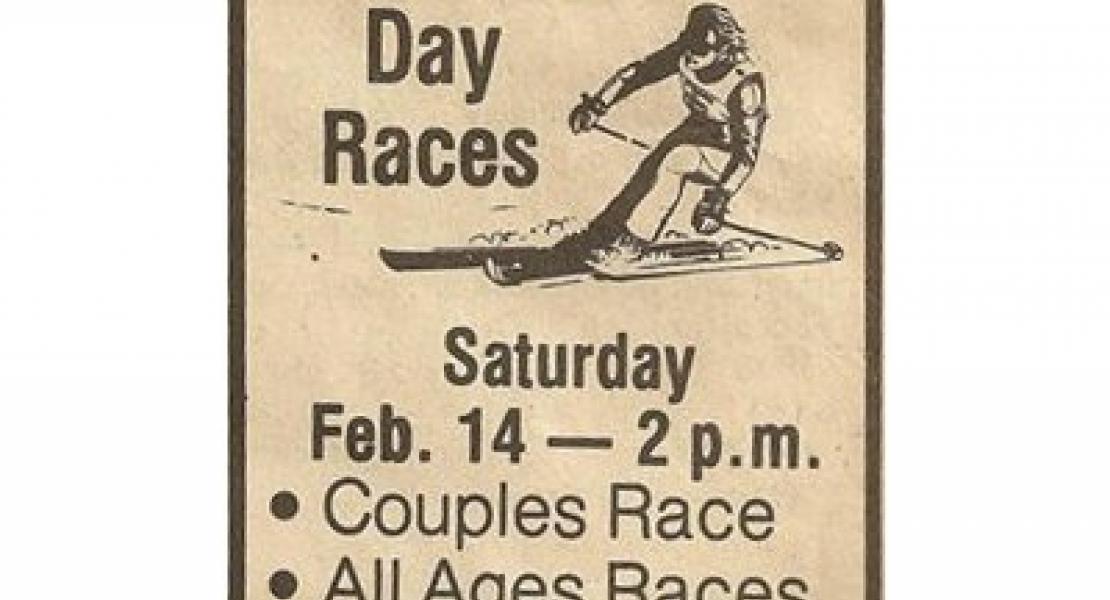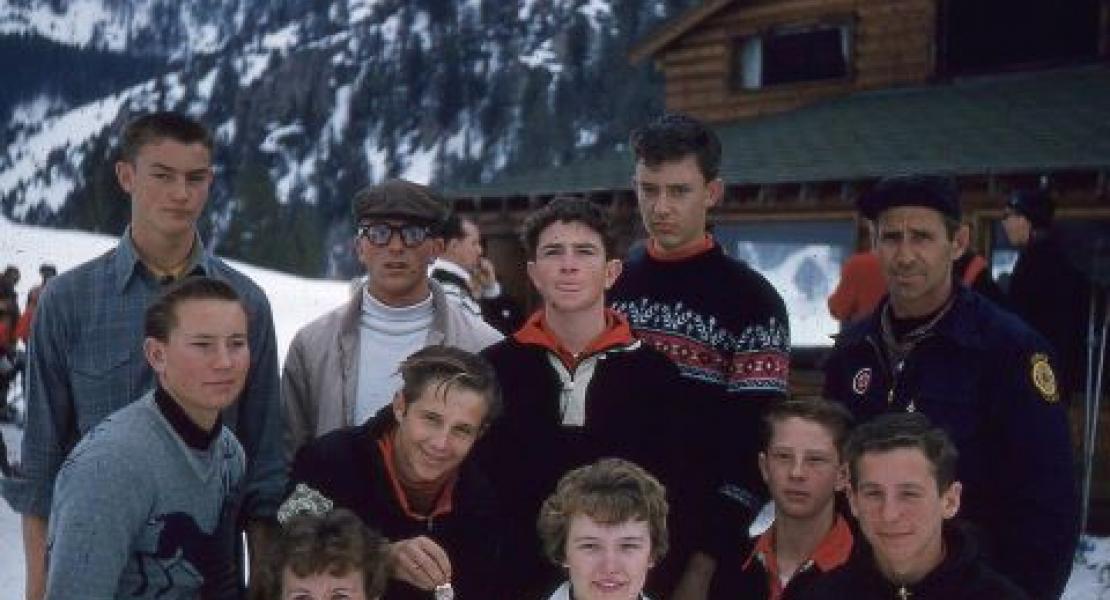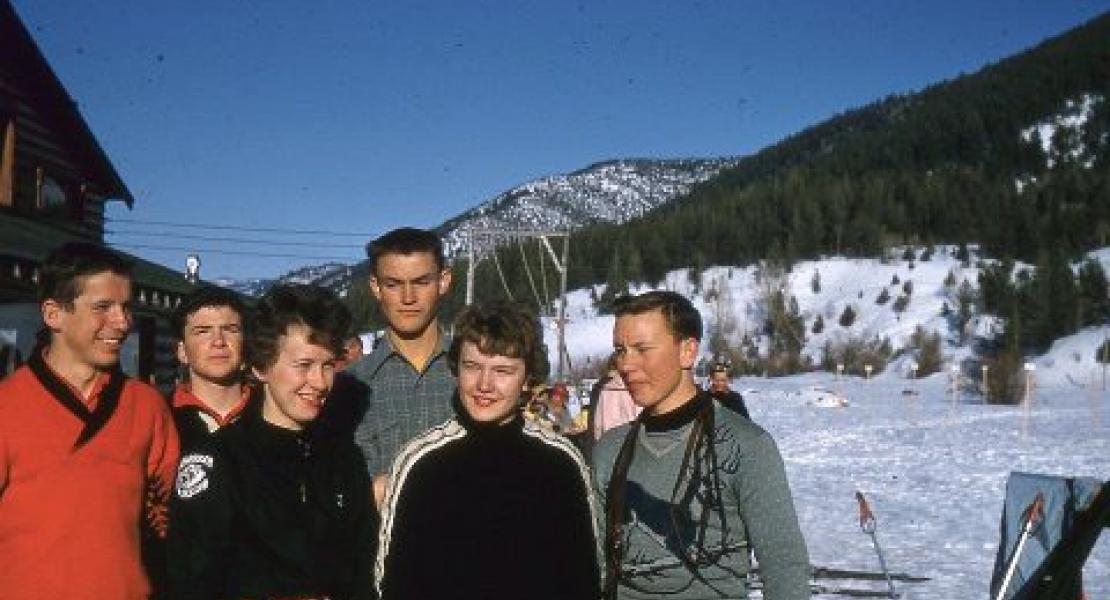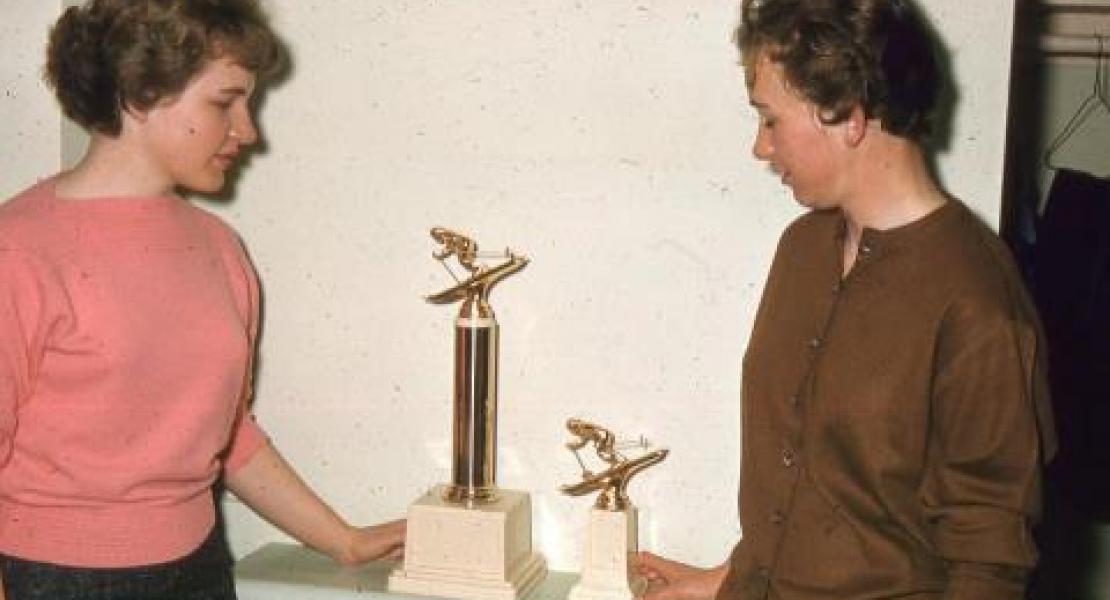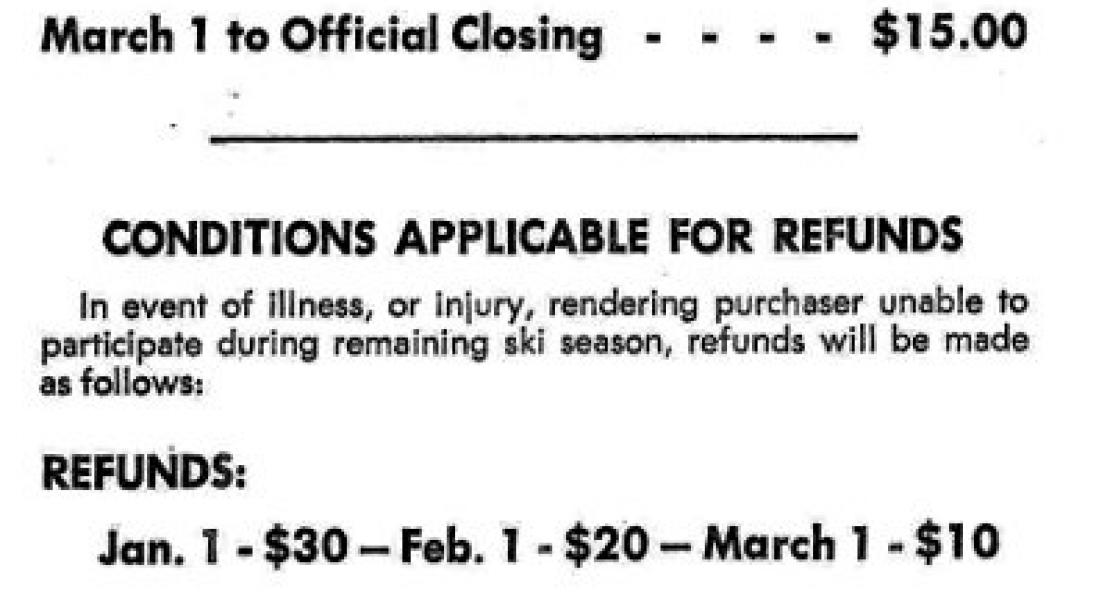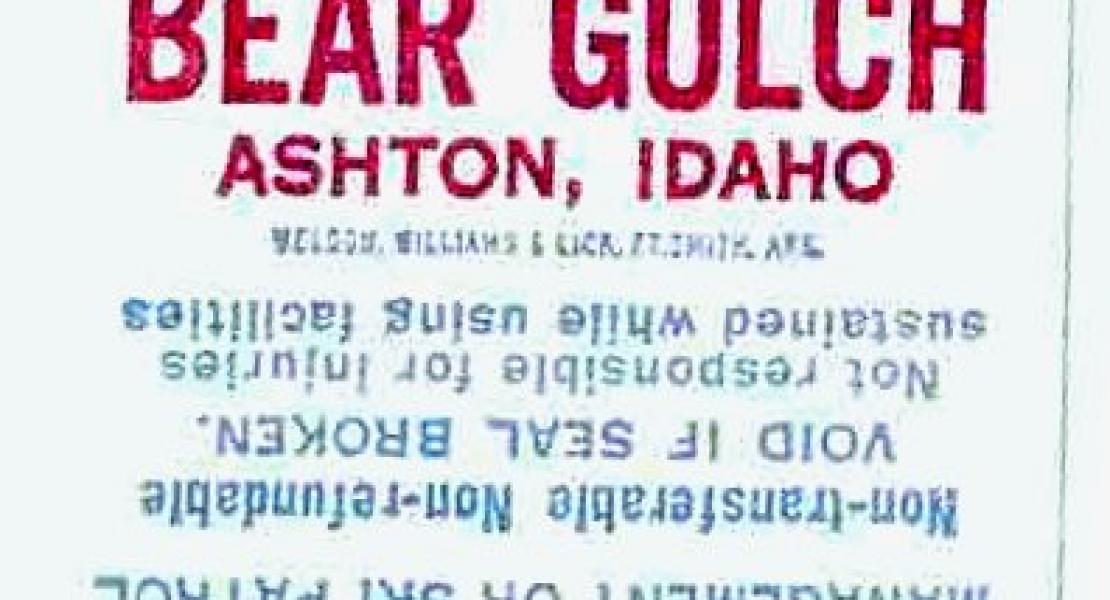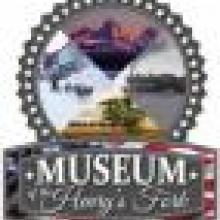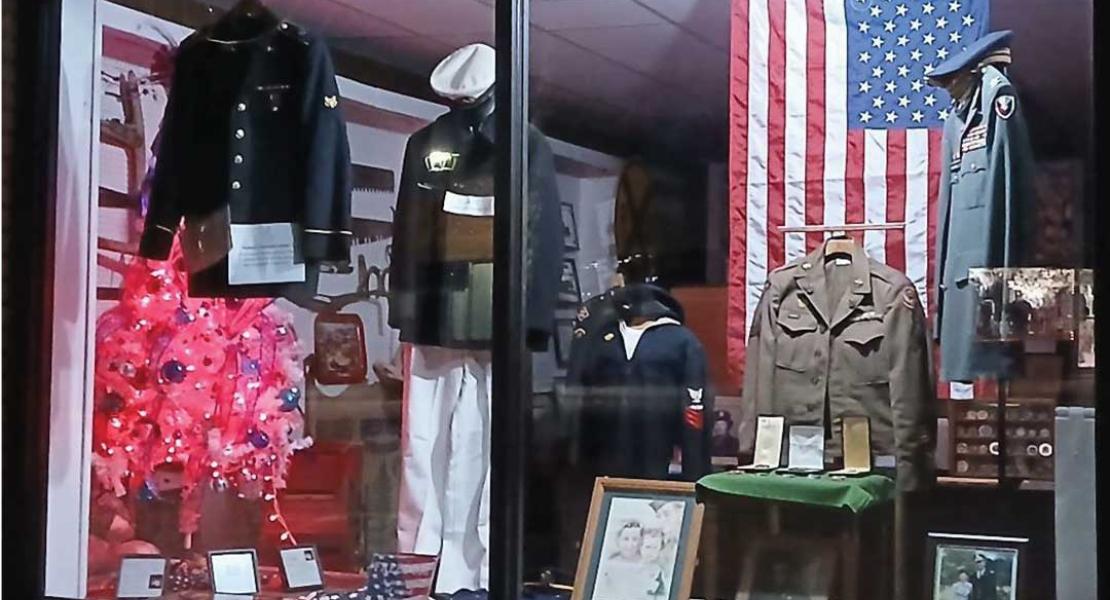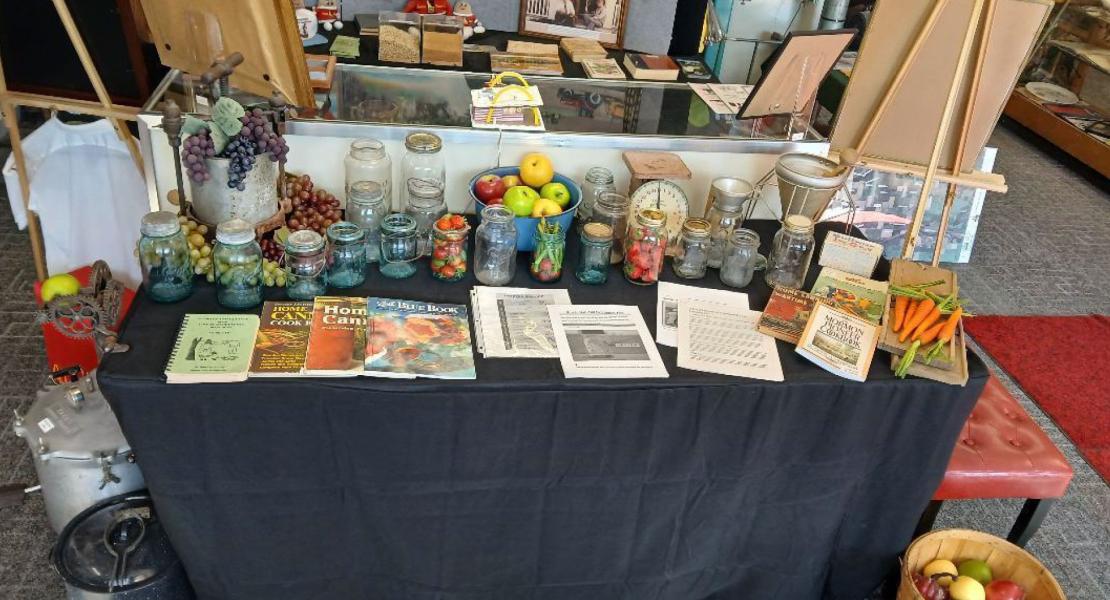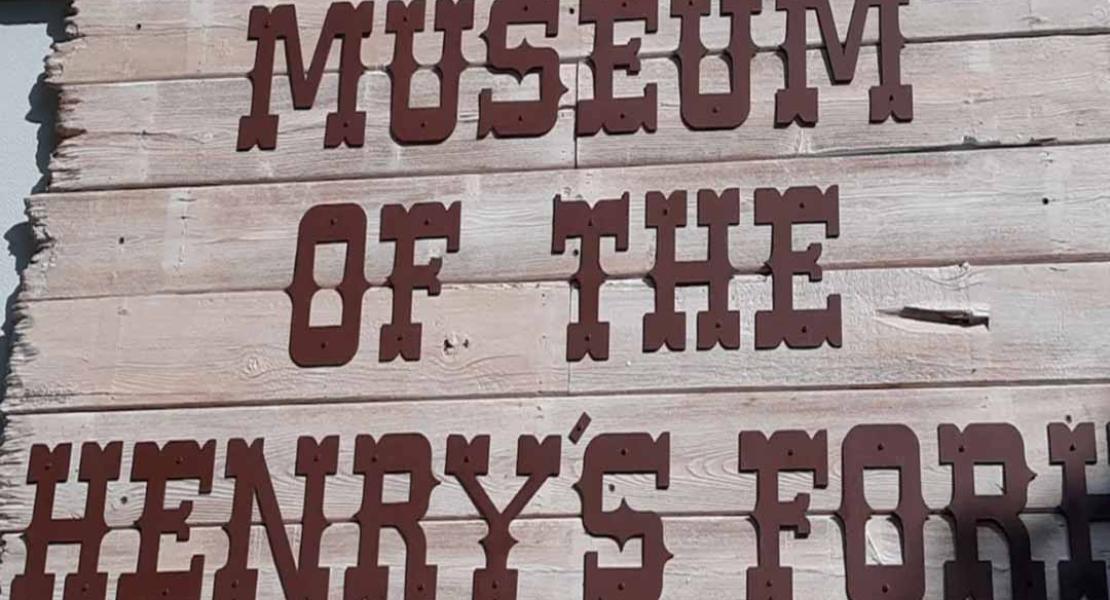It was often said that "if you could ski Bear Gulch, you could ski anywhere in the world".
Bear Gulch was the second established ski resort in Idaho, Sun Valley being the first in 1936.
In April of 1938, Targhee National Forest Ranger Rufus Hall and Junior Forester Tippets looked at four potential resort sites along Yellowstone Highway 191 with the Bear Gulch site being the top selection. In the spring of 1939, Alf Engen, a world-class skier from Norway helped lay out the first runs on the hill what became to be known as the Bear Cat, the Dipper and the Teddy Bear. That summer, a crew from the Civilian Conservation Corp. was brought in to start clearing the slopes of trees and brush. The CCC crews also constructed a commissary building at the top of the hill which was near where the upper terminal of the chair lift was located.
Alf Engen had immigrated to the United States in 1919 and ultimately settled in Utah. He was instrumental in the Alta and Snowbasin Ski Schools starting in 1946, and coached the 1948 U.S. Olympic Ski Team.
Indications have been found that the Union Pacific Railroad was also interested in the project and paid for the survey work. Bear Gulch sat only several hundred yards from the rail line to West Yellowstone, Montana. During the 30's this passenger service to Yellowstone Park was one of Union Pacific's most highly used tourist lines.
According to Forest Service records, in the beginning, Bear Gulch was incorporated as a non-profit cooperation between the Ashton Dog Derby Association, the U.S. Forest Service, and the Ashton Ski Club. Members of the Dog Derby Association included, W.O. Harris, chairman, Rulon Hemming, vice chairman, Robert Timmons, Secretary, and J.D. Klamt, treasurer. It was during this time that the hill was operated by Bud Clouse.
During this time, the ride up the hill was done via a pair of large 5 foot by 16 foot flat bottomed sleds which were linked by a cable which went to the top of the hill that most knew as the T-Bar lift and upper shack. This tow was powered by a Caterpillar engine and transmission with the cables wrapped around the large drums. One sled was pulled up to the top as the other sled was let back down. The process was reversed by shifting gears at the engine. About 14 skiers could be taken at a time as they sat side by side in the sled. This lift was affectionately known as the "Red Assed Lift".
In the fall of 1940, a rope tow was installed on the Teddy Bear so skiers could now be pulled to the top near where later the lodge was to be constructed. Prices at the time were 10 cents per ride on the toboggan, and 5 cents per ride or $1.00 per day for the rope tow. Two Forest Service shelters accommodated around 25 people each.
In 1942 the hill was closed because of World War II, and was not reopened until the winter of 1945 when a permit was issued by the Forest Service to a group of local residents forming Bear Gulch Ski Basin, Inc. Members of this group were Harry Lewies, owner of the Warm River Resort, Dan Reimann, a local farmer, Art Anderson, local dry farmer and creator of Aspen Acres Golf Course and Gilman Fletcher, a farmer from the St. Anthony area.
The group first incorporated with capitol stock of $30,000.00. They soon found that the lodge would cost $16,000.00 and a new lift would run $24,000.00 plus other expenses. They decided to reincorporate for $50,000.00 but found it hard to get any additional stock sold as most interested people had already put about as much money as they wished into the venture. The partners had to dig deeper into their own pockets to come up with the money to get the hill up and running.
In 1948 the old toboggan lift was removed and a T-bar lift was installed in its place. Although the lift was ordered in the summer, it didn't arrive until January. Crews found themselves working in four feet of snow to get the lift installed. The Grizzly run was cleared and opened to skiers. A rope tow by the lodge was said to be run with Dan Reimann's Dodge Power Wagon which also plowed the parking lot with a plow on front.
The partners began building a lodge that had a large kitchen and serving counter in the one end, with a huge double fireplace in the center. A large dumbwaiter run by a hand-winch brought the wood blocks up from down stairs to the side of the fireplaces. Clix Allen, a woodworker from Warm River built all the tables and chairs Downstairs contained the restrooms, wood storage and an apartment. Water was piped up from a spring at the bottom of the huge cliff that lay under the highway that continued on up to Mesa Falls and Island Park.
By 1956 other names that were associated with the resort besides the owners were Marvin Aslett, Ira Harrigfeld, Elmer Womach, and Glenn Abegglan. Chic Beesley managed the resort until he had a stroke. During this time, ski busses were arranged to come up from Idaho Falls and Rexburg on the weekends and for ski school
By 1959 prices had gone up to $2.50 a day. Season tickets were offered for $15.00 for the rope tow and $30.00 for the T-bar.
The original rope tow was installed behind the lodge coming up the right side on the Teddy Bear run. An Army surplus GMC truck sat up on a large wooden structure at the top providing the power for the tow with its gasoline engine.
Night skiing was offered for several years on the Teddy Bear run as lights were installed along the edge in the trees and on several poles out in the middle of the run. A shack on the east side of the lodge housed the generator that powered the lodge and the night lights.
Communications was accomplished with wires strung through the trees, connecting the lodge with the various lift shacks. Electric ring-pulse phones were used with a crank on the side. One, two, or three, rotations of the crank rang out so many rings, signaling a particular operator or someone in the lodge to pick up the phone.
Operation of the hill remained much the same until 1965 when Fall River Electric extended its power lines to the area. A double chair lift was installed going up the right side of the Dipper run. The chair lift was one or two manufactured by a firm in Burley, Idaho. The other one being installed at Pommerel Ski Area in central Idaho. The lift always seemed odd to most skiers, as the large concrete counter-weight was at the bottom instead of the top like other ski areas. Truth is, that the counter-weight is always on the opposite end of the power source. Bear Gulch with its unique layout had the motor and hydraulics' at the top where it was more accessible for maintenance.
The T-bar saw limited use after the installation of the chair lift and was used only on busy days. An addition on the west end of the lodge afforded more room for skiers upstairs and a ski-patrol room and shop area downstairs for snow-cat repair.
Grooming in the early days was accomplished the hard way, by getting volunteers to line up and ski-pack an individual run or a spot that needed attention. Grooming became mechanized with the advent of the double-tracked Ski-doos towing a wooden frame with chicken wire suspended and stapled along the sides. Later on, used larger sno-cats were brought in, name brands such as Tucker, Thiokol and Bombardier were used. A cat-walk was cut below on the north side of the lodge to accommodate the larger groomers. The rope tow on the Teddy Bear was then moved to the center of the hill to avoid the cat-walk and converted to electricity. The rope tow was finally removed in 1969.
During the late 1960's, other interests in eastern Idaho were working at opening Fred's Mountain, now known as Grand Targhee Resort east of Driggs. Bear Gulch was well known for it's intermediate and expert terrain, even though small and with a 600 ft vertical drop, had been the premier ski area in eastern Idaho. The main competition was Kelly's Canyon near Ririe was more known for its beginner terrain. Grand Targhee with its high elevation and 2000 ft + vertical drop brought a world class ski area to eastern Idaho but gleaned many of the skiers who had patronized Bear Gulch from the Rexburg and Idaho Falls area.
Bill Phelps Race Team
During the later 60's and early 70's maintenance costs increased and stricter safety requirements were enforced by the Forest Service and the insurance companies. Liability insurance also became a major issue at this time with rates going up, never to come down.
In the fall of 1970 the resort was purchased by Bruce Black and his associates Ernie Andrus and Vern Kelch of Idaho Falls. For the next eight years, Bruce, his wife Shirley and family worked hard at breathing new life into the resort. 1971 through 1976 were better years and in 76, Bruce proposed expanding the resort to a year-round facility including cabins, a swimming pool, and other amenities for guests. Ideas were also kicked around about trying to keep the Union Pacific from tearing up it rails and creating a tourist train between Ashton and West Yellowstone.
During these years, long time employees Charlie Bergman, Lyle Lenz, along with Weldon Reynolds doing most of the grooming and maintenance. In 1973 Tom Howell opened up the first ski shop in the down stairs apartment providing ski maintenance and some rental equipment. . Bruce's sons ran the shop the next two years moving it upstairs into the new addition.
The ski school was headed through the years by Danny Reimann and Ira Harrigfeld. Bear Gulch turned out many highly ranked junior skiers, most notably Mike Rice, Ed Harrigfeld, Craig Marotz, and Kip Martindale coached by Wes Diest of Idaho Falls.
In 1978 the resort was sold to Jack Alpi who had recently retired from the Los Angeles Fire Department. Jack and his family lived at the resort during this time period.
Alpi sold the resort to Wendell Butcher of California but in April of 1983 filed suit against a Terra Vista, Inc, of Utah alleging that it was a sham company.
Bear Gulch faced foreclosure by FmHA for the sum of $33,000.00. Later in 1983, a group of Ashton citizens under the chairmanship of Howard Bergman, attempted to raise enough money to purchase the facility. Although the group bid $5,500.00 (citing high renovation costs as the reason fro the low bid,) FmHA rejected it as being below appraised value.
The resort was purchased by Tom Harward of Utah and his cousin Jim Harward of Pocatello for $12,000.00. They worked at trying to open, but the resort was closed the 1983-84 season, and was reopened during the winter of 1984 - 85. Following the sale, numerous inquiries were received by the Forest Service by individuals to whom Harwards were trying to sell the resort to.
During the winter of 84-85, the terms of the U.S. Forest Service which allowed the operation of the resort were complied with. But, in October of 1985, Harwards were notified of several items which need to be corrected before they could be authorized to operate for the coming year. The requirements were not met and the area did not open during the 85-86 season. In 1986 the Harwards were notified, that based on existing conditions and past performance, the Forest Service did not intend to reissue a permit for the 86-87 season.
Although a permit extension had been granted, the Harwards failed to comply with the permit clauses and only minimum accomplishments had been made on the deficiencies. James Harward made an appeal with an oral presentation, but the records do not indicate further attempts and the appeal was later closed. The Harwards were given until July 1, 1988 to complete removal of improvements and complete site rehabilitation.
The resort sat idle until an evening late in October of 1989. Residents watched as smoke slowly rose above the tree line. Burning of slash piles were common in that area of the forest, but this fire seemed to be larger than most.
Lou Woltering, Ranger of the Ashton District said that he gave the order to burn the Bear Gulch lodge. This came as a surprise to most residents, as there had been no advance notice in any of the news media, nor had any public input been solicited in making the decision.
Woltering explained that "after making many calls to see if there was any interest in salvaging the building, it was not serving any purpose the way it was, and there had been numerous break-ins". Bringing the old lodge up to current building and safety codes would be very costly.
Doug Muir, assistant district ranger, said every effort had been made to encourage Tom and Jim Harward to bring the operation up to safety standards, but this had not been done. The matter was in court more than once, and the judge had decided in favor of the Forest Service.
The Forest Service was making plans to use its recreation money to remodel the old lodge at Mesa Falls into a visitor center rather than use it at the Bear Gulch site. A three sided shelter and restrooms would be planned instead.
Within a few days of burning the lodge, bull dozers were ordered in to knock down the stone fireplace and bury the existing rubble, leaving the lodge just a memory.
The burning of the Bear Gulch lodge left many local residents bitter towards the Forest Service, and a mistrust of local Forest Service policy exists until this very day.
Bear Gulch has now developed into a major snowmobile and recreation trail-head. One only has to go up there on a busy Saturday and see the congestion in the parking lot. Many wonder if a business in the old lodge would have been viable given the still heavy usage of the area.
My many thanks to:
- Jane Daniels, curator, Ashton Archives
- Weldon Reynolds
- Susan Black Steinmann
- Dan Reimann recorded memories
- Don and Jean Trupp
